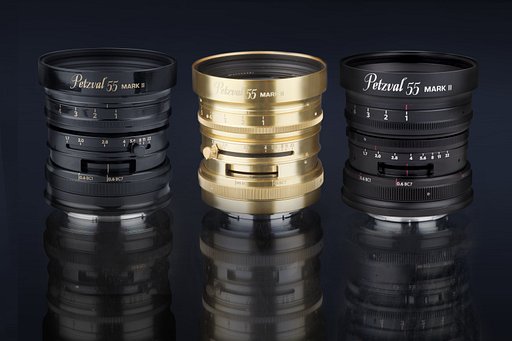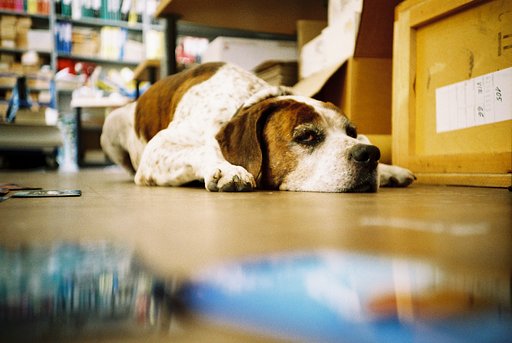Protect Your Film from X-Ray Damage During Air Travel
23 82 Share TweetWhen you fly, take your camera and plenty of film. Analogue does more than capture your memories from a trip; it captures the feelings too. Your camera also causes you to interact differently with the environment: you are more observant and people are more likely to be curious about and approach you. Finally, you will be as delighted by the surprises when you return and develop your film, like the boar in the cloud below, as your friends will be when you share your treasures with them.
Traveling by air with the film is an adventure in and of itself, but well worth it. You will need to prepare for your trip though. This article offers tips for a successful photo expedition; most importantly, getting to your destination and back without x-ray damage to your film.
Things You Should Know Before Traveling
X-rays used in security screening will damage your film, so prepare carefully for your analogue adventures. For an illustration of the consequences of checking your bag with film or passing it too many times through carry-on x-ray equipment, see Kodak’s pictures of ruined negatives and resulting prints at Kodak.
Before you travel, check the airport security guidelines for carrying a camera and film. If you will be traveling in the United States, the Transportation Safety Administration provides advice at TSA. During my first trip with an analogue camera, I found TSA agents friendly and helpful when requesting a hand inspection of my film. Don’t be afraid to ask.
If you have a very long flight itinerary, I strongly suggest mailing your film. It was a major hassle going through six hand inspections—two in Amman, two in Frankfurt, and two in Newark—when returning from Jordan. Send your film to your place of destination in advance to avoid delays and possible damage. Use a well-known shipping company with media mail services. Call your lodging for delivery instructions. Consider the convenience and security of using a mail-in film development service, such as the Lomography Film Lab
Prepare Your Film by Packing
Packing your camera and film is easy. Here are some tips to keep your film safe:
- Buy as much film as you can carry.
- Throw away the cardboard packaging.
- Keep the film in those iconic plastic canisters. If you have empty clear canisters, use these instead of opaque canisters.
- Use a transparent zip-lock bag; don’t bother with buying a lead-lined pouch.
- Place your film baggie in your carry-on where you can very easily locate and retrieve it.
Traveling with Film: Do’s and Don’ts
If you want to make it to your destination and back home with film undamaged by x-rays, remember these do’s and don’ts:
- Do be prepared.
- Do not pack film in checked bags.
- Do put your film in your carry-on bag.
- Do not forget to remove your film when passing through security check-points.
- Do pull your film out early.
- Do not dig around in your bag and hold up the line.
- Do ask for a hand inspection.
- Do not be rude to the security officer.
- Do smile and say thank you.
- Do not forget to develop and share your photos soon after travel.
I hope this article helps you enjoy your photo adventure par avion. Don’t forget to take a handful of color negative film to capture all of the unforgettable moments you will want to share with your friends! Moreover, please share your pictures from your analogue adventures on your LomoHome. Put a link to your expedition’s photo album in the comment section. And if you have tips for making it home with the most precious souvenir from your trip, your film, please share them here.
escrito por cassidy el 2012-02-08 #equipo #tutoriales #travel #film #flying #tipster #traveling #damage #x-ray-fog #traveling-with-film #protecting-your-film #flying-with-film #protecting

































23 Comentarios